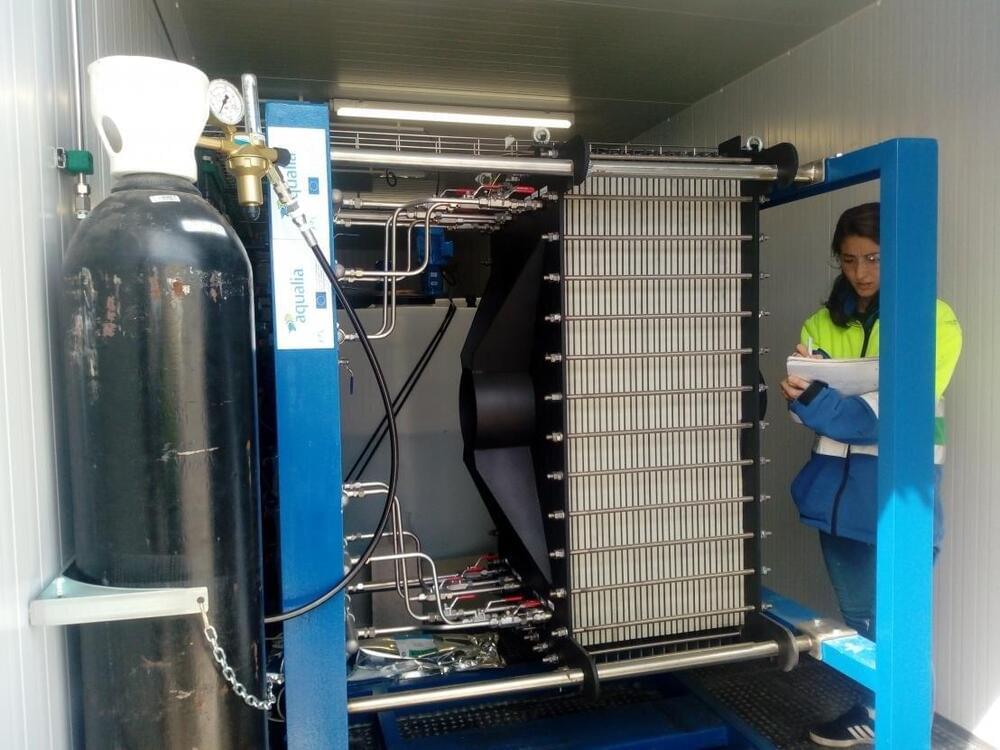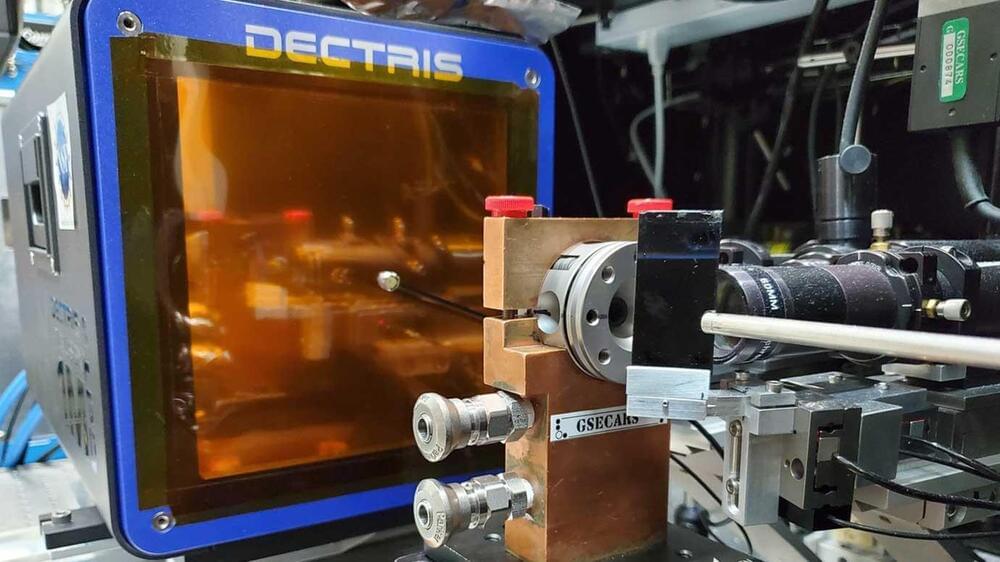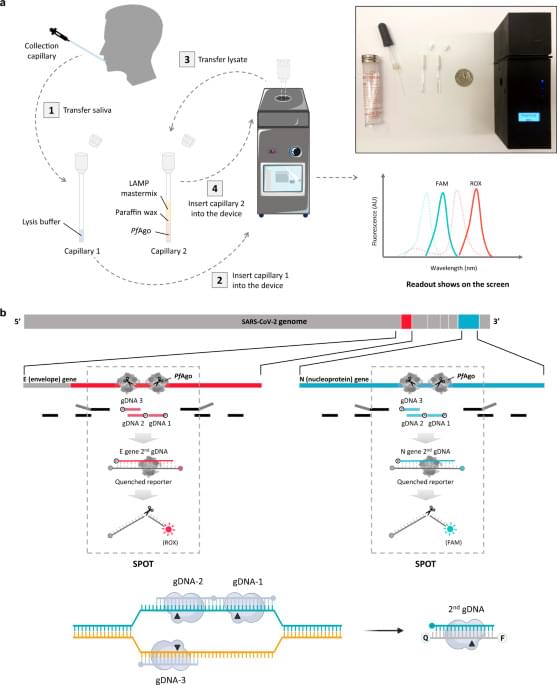Oct 23, 2021
This Off-Grid Water Desalination Plant Does Not Use Up Any Electricity
Posted by Shailesh Prasad in categories: energy, sustainability
Scientists are coming up with practical and cheaper desalination processes for water. It has been going on since half a century ago in Spain. Currently, Ikaria, a Greek island, got access to clean water by virtue of desalination.
The common method used in the process is called reverse osmosis (RO) but it has to be connected to the electricity grid. This is expensive and inaccessible for areas far from the grid. So, researchers have come up with sustainable off-grid desalination systems that run on renewable energy.
Now, microbial desalination cells (MDCs) are being suggested to use. This is developed by MIDES. It produces drinkable water from the sea. It means electro-active bacteria desalinate and sterilize water making it suitable and safe. “This technology offers new options to provide clean water and wastewater treatment to small, isolated locations without electricity,” said Frank Rogalla, director of innovation and technology at Aqualia and a member of the project team.


















